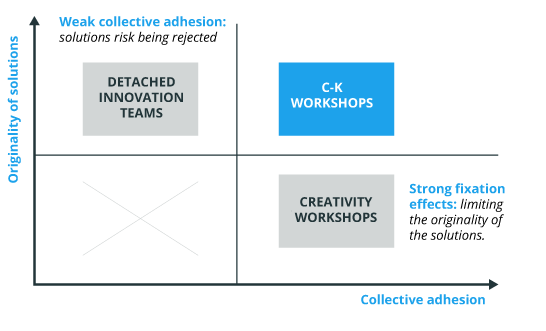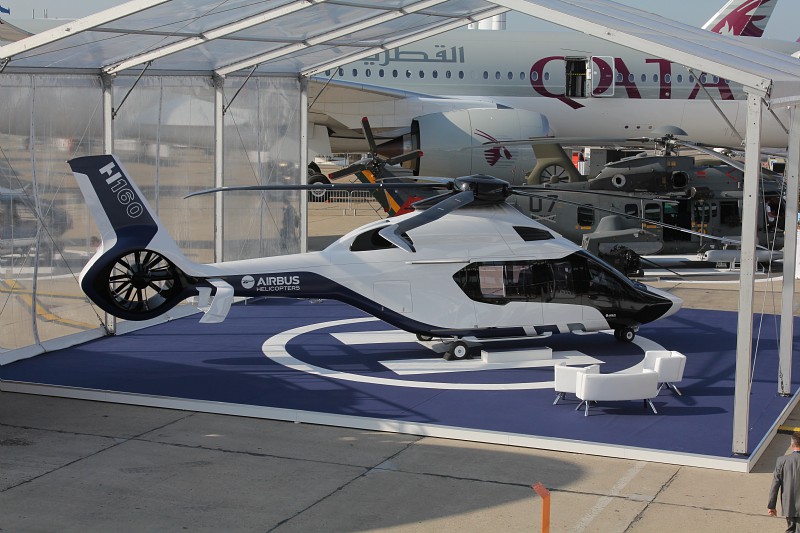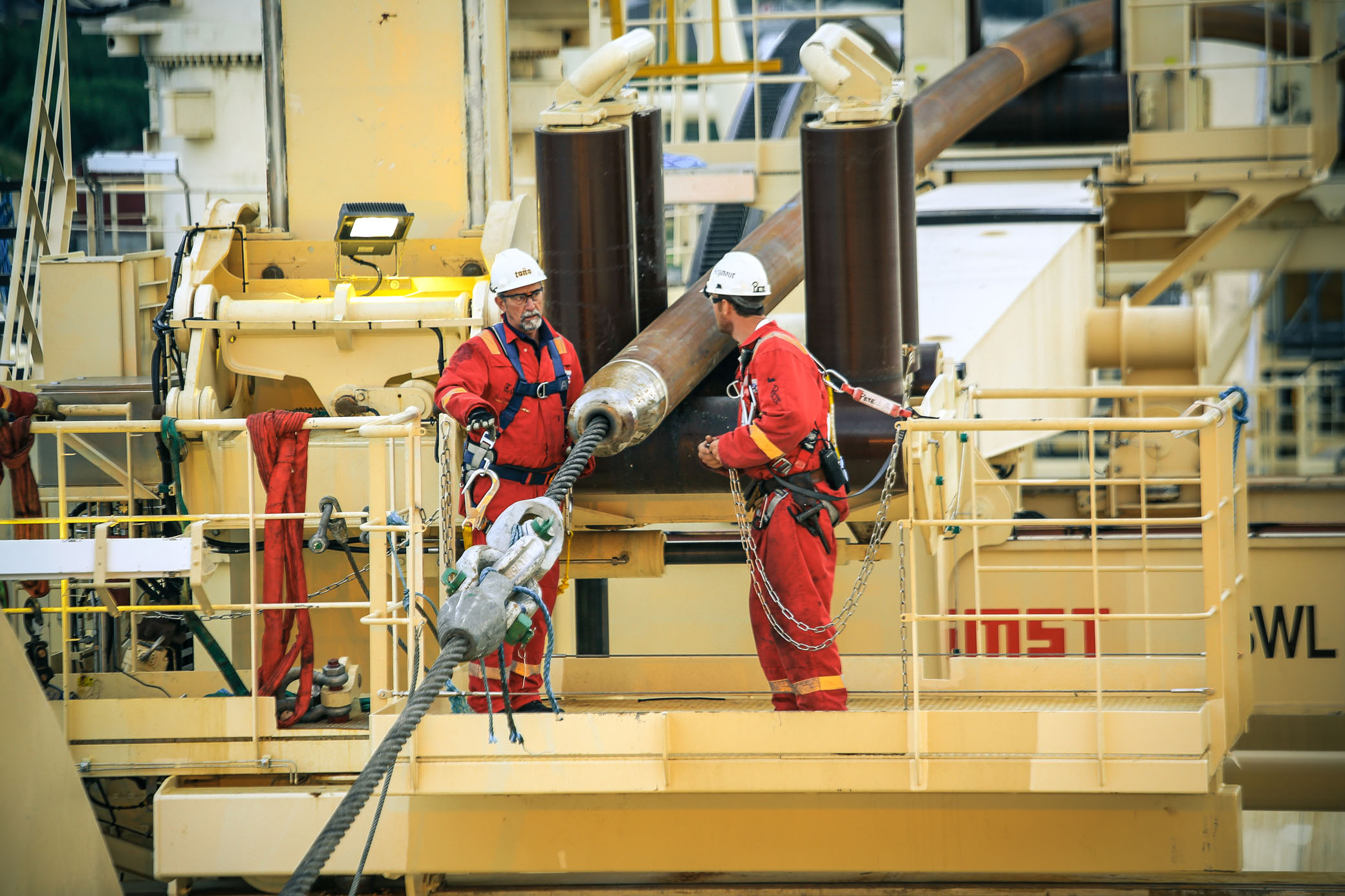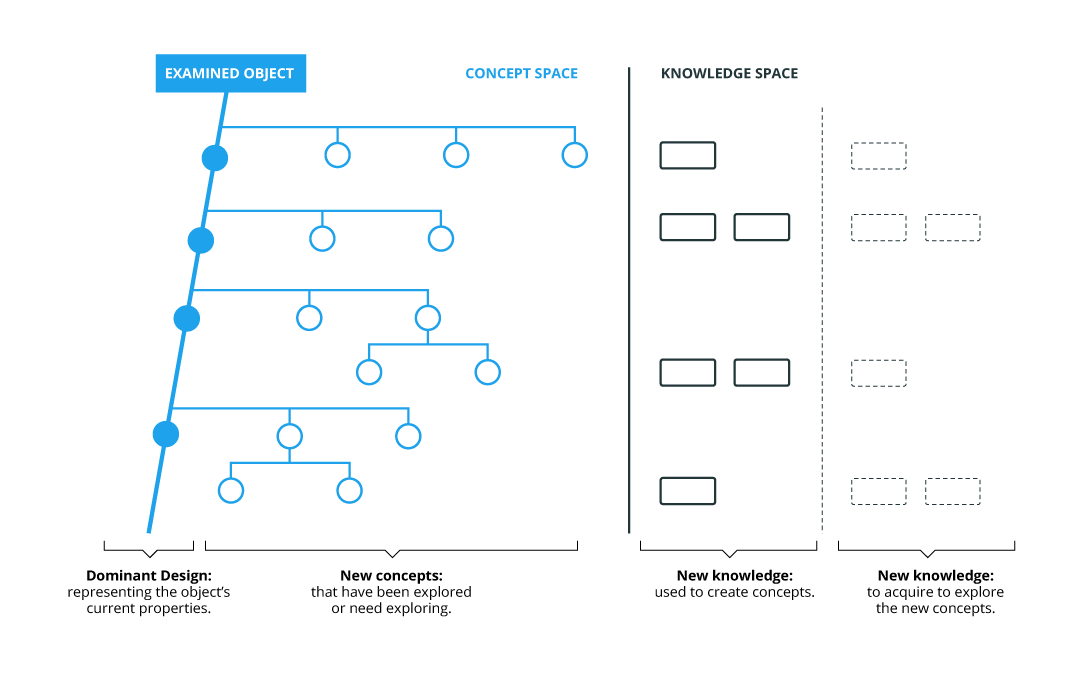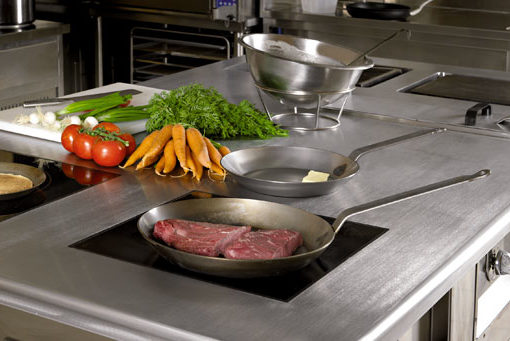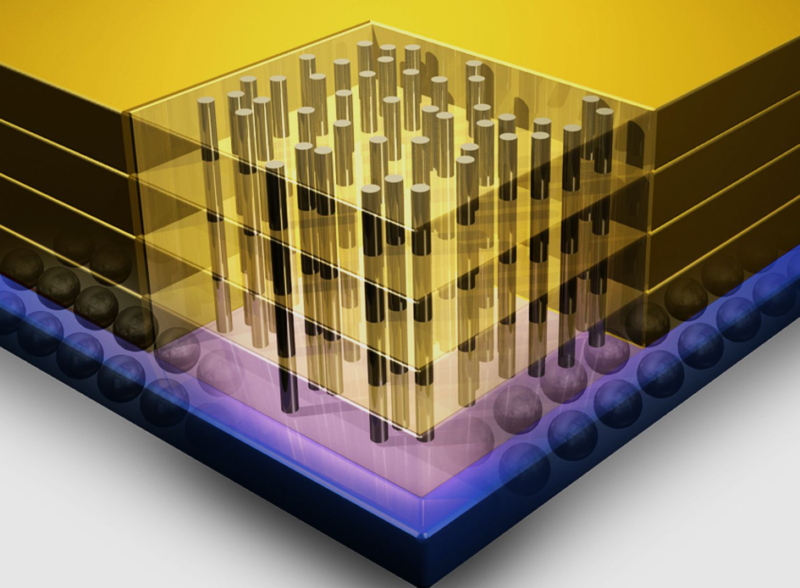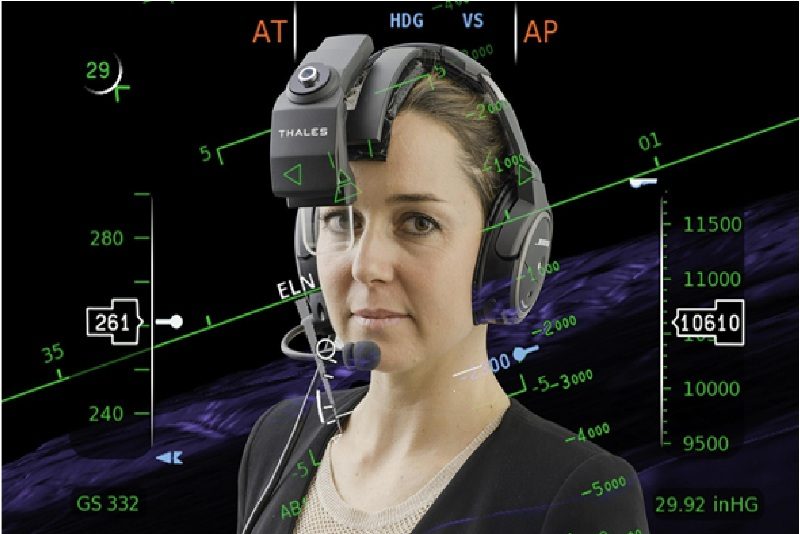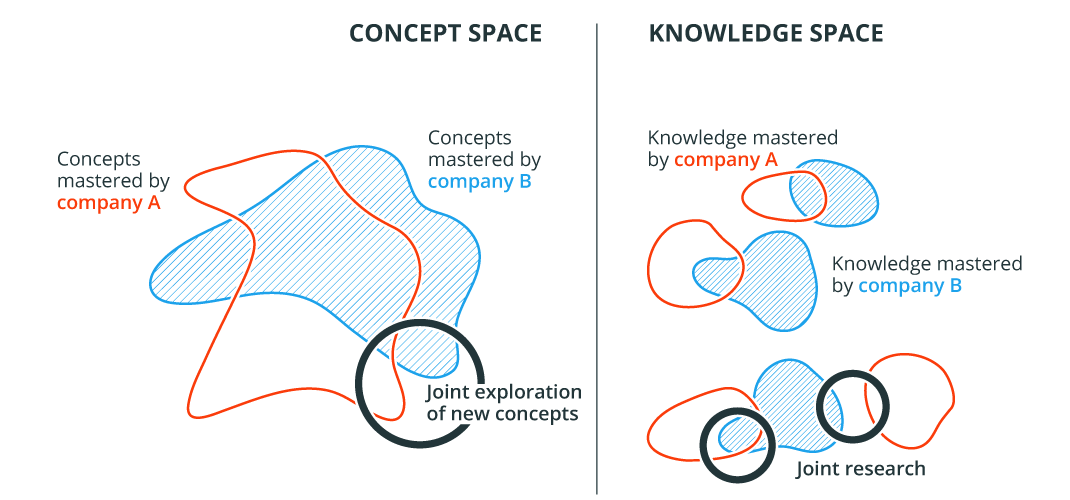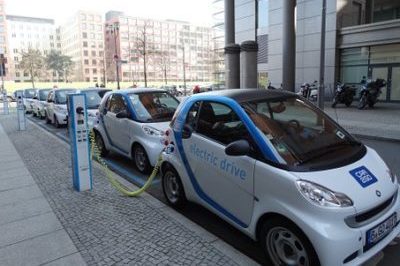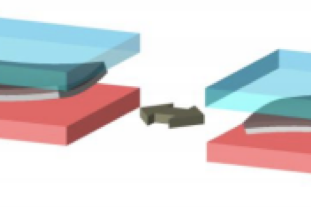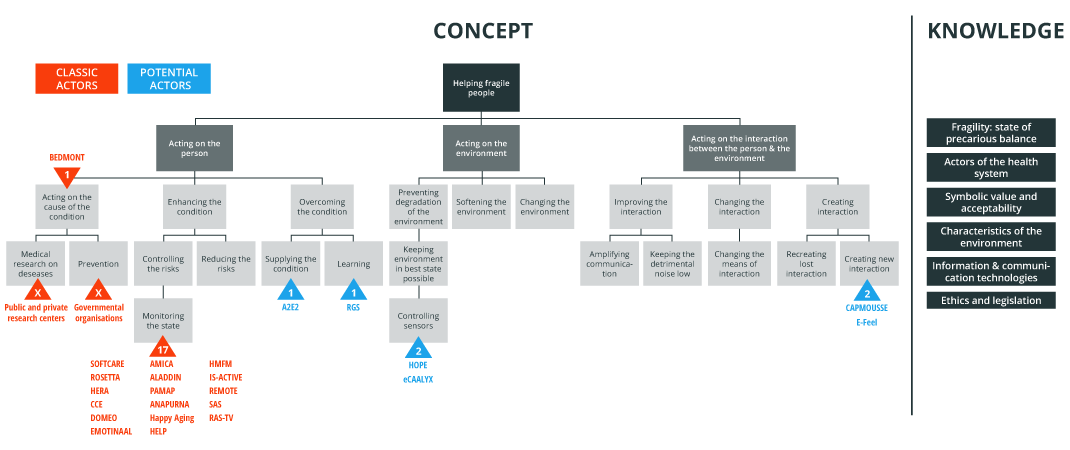C-K Theory allows to understand and analyze activities that lead to successful innovations. This theory resulted in a set of various tools and methods to improve individual and collective capacity to innovate.
We present here the most common C-K applications in practice : don’t hesitate to share your experiences related to the use of C-K!
- Innovation Strategy
- Project management
- Partnership
- Patents
- Open Innovation
